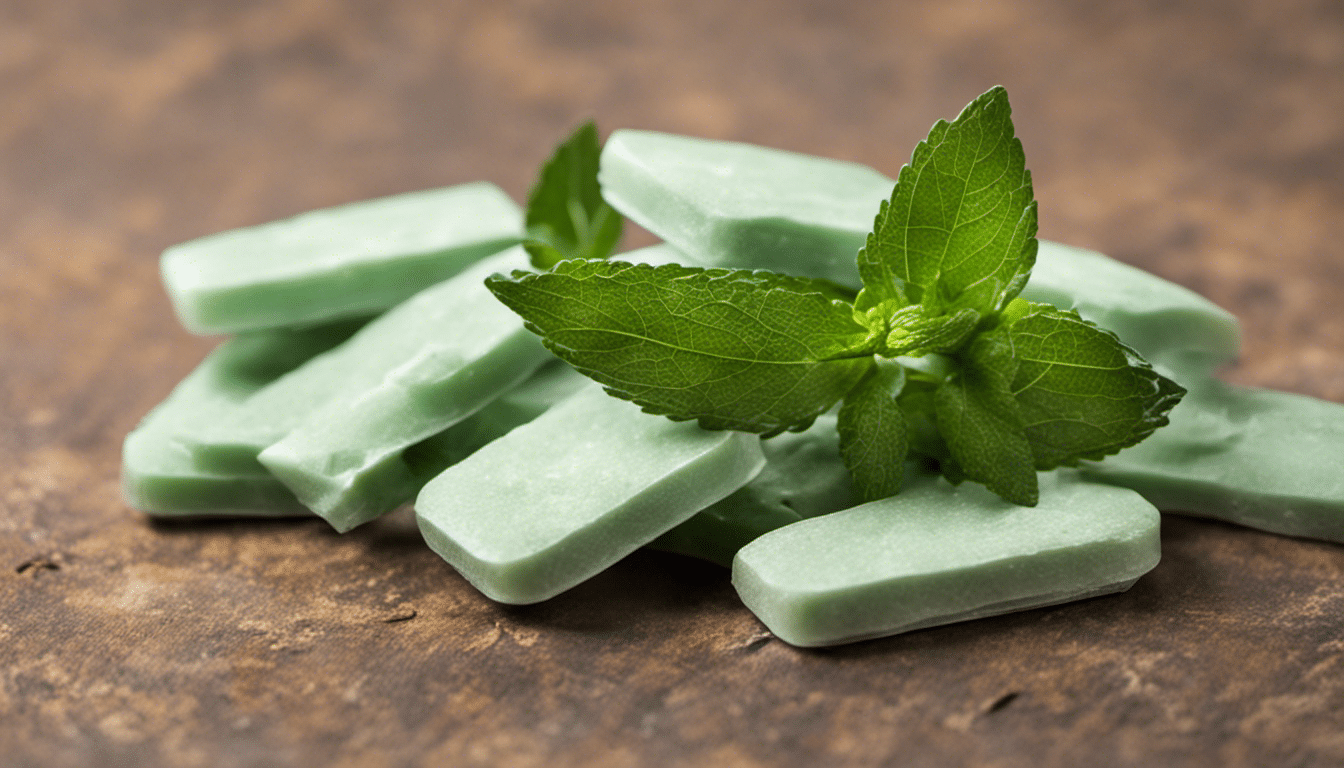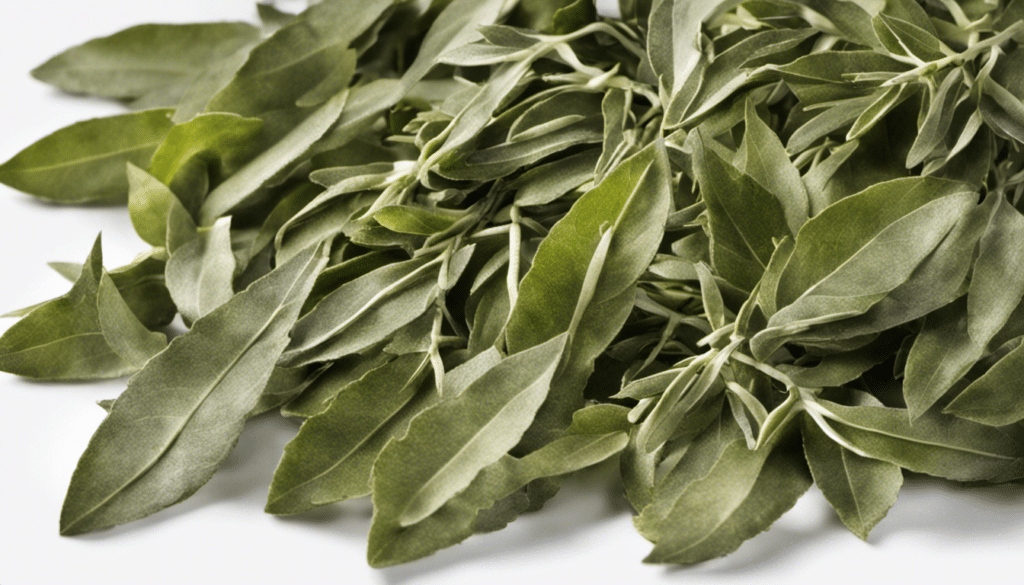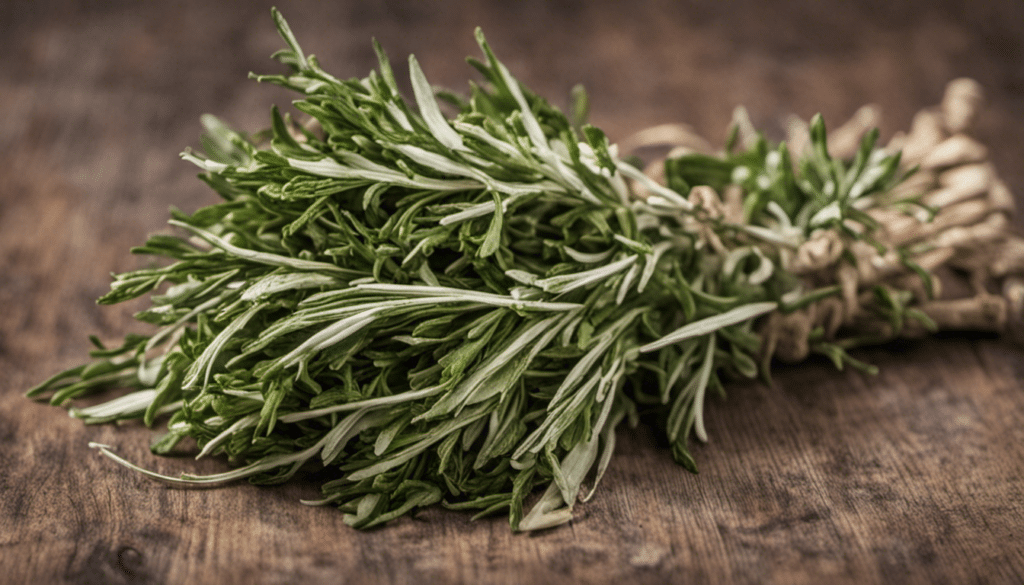Everything You Need to Know About Mint
Mints, notably known for their aromatic freshness and cooling sensation, are integral to cuisines known worldwide. Botanically classified under the ‘Mentha’ genus, this family of perennial herbs is known for its versatility across culinary, medicinal, and ornamental utilizations.
The Origins of Mint
The term ‘mint’ typically refers to any plant species belonging to the Mentha genus, a member of the Lamiaceae family. With origins tailing back to Europe and Asia, mints have now established themselves across the globe. Ancient Egyptians were acclaimed for using mint in their traditional medicine while Greek mythology also endows the circulation of mint via the tale of the nymph, Minthe.
Belying their delicate and tender characteristics, mints demonstrate resilient growth, creating a thriving environment even in damp, shaded areas. Available in more than 20 species, these herbs encompass popular varieties like peppermint, spearmint, and apple mint.
Benefits of Mint
Mints are renowned not just for their refreshing aroma and flavor but also for their numerous health benefits. Loaded with essential vitamins and antioxidants, mint has been traditionally deployed in herbal medicine for centuries.
Ideal for promoting digestion, mint tea or mint-infused water is frequently used to escalate gastrointestinal comfort and to relieve symptoms related to IBS (Irritable Bowel Syndrome). Known for its anti-inflammatory properties, mint is also beneficial in comforting a common cold or sore throat. Extracts from peppermint oil have been scientifically proven (source) to alleviate headaches and to regulate hay fever symptoms.
Apart from its medicinal value, mint’s significant levels of essential nutrients can influence overall health. Mint leaves are an excellent source of Vitamin A, which benefits eye health, and they’re also packed with iron, folate and fiber rendering them an optimal choice for a nutrient-boosting add-on in meals and beverages.
Known By Other Names
While ‘mint’ is the most globally recognized term for plants under the Mentha genus, they are also known by different names in different regions and cultures. For example, in Hindi, it’s called “Pudina,” while in Greek, it’s known as “Dyosmos.” Also, different types of mint like spearmint, watermint, and peppermint have their unique names and distinct traits (source).
Mints, with their refreshing charm and numerous health benefits, epitomize a marvel of nature. They are an easy and effective way to infuse flavor into dishes and drinks, as well as to incorporate natural remedies for ailments into your life. Truly appreciating the refreshing allure of mints goes beyond just their culinary use; it’s also acknowledging their medicinal, cultural, and natural significance.
Mint Recipe Ideas
- Mint Chutney
- Mint Mojito
- Raspberry and Mint Sorbet
- Mint Chocolate Chip Ice Cream
- Cucumber Mint Smoothie
- Mint and Pea Soup
- Lamb and Mint Stew
- Mint and Coriander Chicken
- Minty Greek Salad
- Fresh Mint Tea




